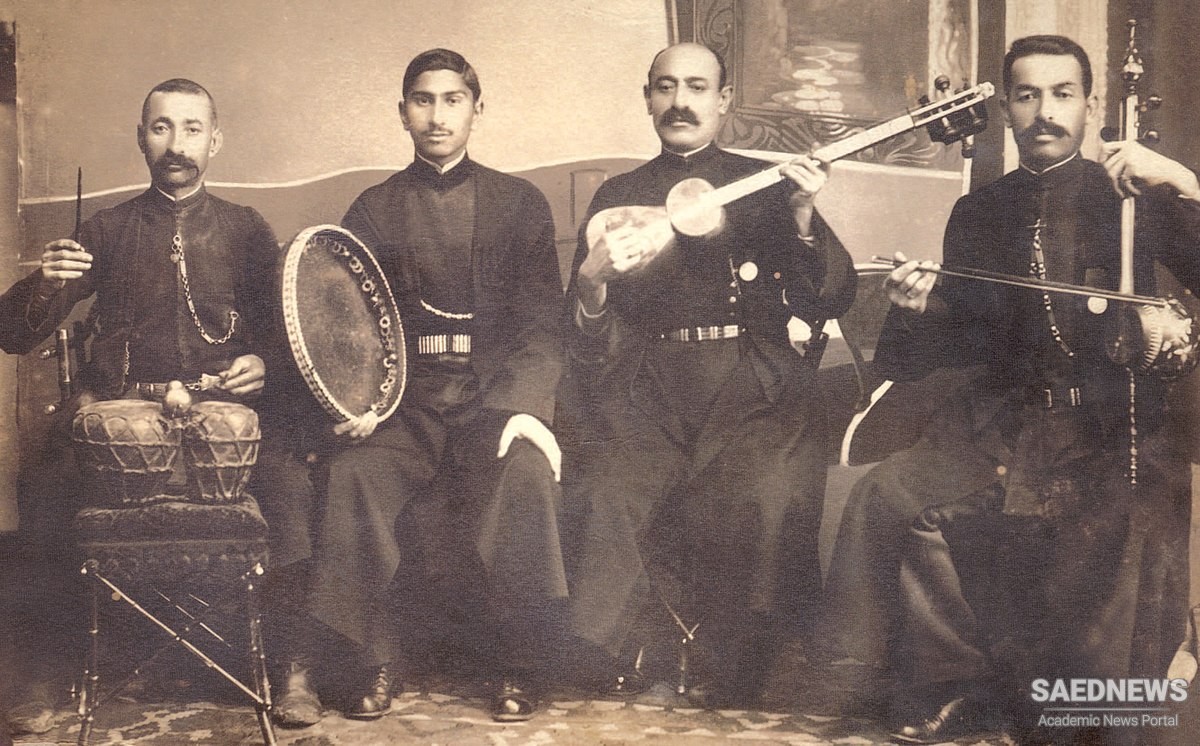Duration is about how long pitches last, before they give way to silence or another pitch. This is commonly called “rhythm,” but that is more about how the durations are organized into audible and well-known patterns, so again seems more in the domain of culture. Duration gets measured in seconds, but science tells us that it’s really milliseconds that count. To grasp what we hear, we need only the tiniest units of sound: half a second or a hundredth of a second can be enough to identify what instrument is playing or even what mood the music is suggesting for the brain to interpret. Durations can indeed cluster into rhythms or “meters,” repeating patterns like the one-TWO-three-FOUR of rock ’n’ roll or the ONE-two-three of the waltz. But this insistence on fixed duration patterns coexists with much more fluid or very free attitudes toward how to work this component. Citing again the Kota people of India: “Part of learning how to be a musician or a dancer is learning to negotiate the delicate balance of fixed and malleable elements in time.” Or, as the Irish writer-musician Ciaran Carson puts it, “One of the beauties of traditional playing is the way a good musician can produce a pulse against the ostensible rhythm of the tune.” What that exactly means might be obvious to some listeners, but enigmatic to others. The closer you come to duration, the more complicated it gets. Time is the basic medium for all folk musicians, and they both flow through it and shape it as they go. Experiments easily show that a listener moving into musical time cannot accurately estimate how much clock-time has elapsed. The variation in estimates is astonishingly wide.


 Folk Music and Makeup of Pitches
Folk Music and Makeup of Pitches














































